hackberry tree leaves turning black
Adult lace bugs have attractive wings that are beautifully sculptured with an intricate pattern of. Lace bugs are sap feeding insects commonly found on the leaves of shade and ornamental trees in Iowa.
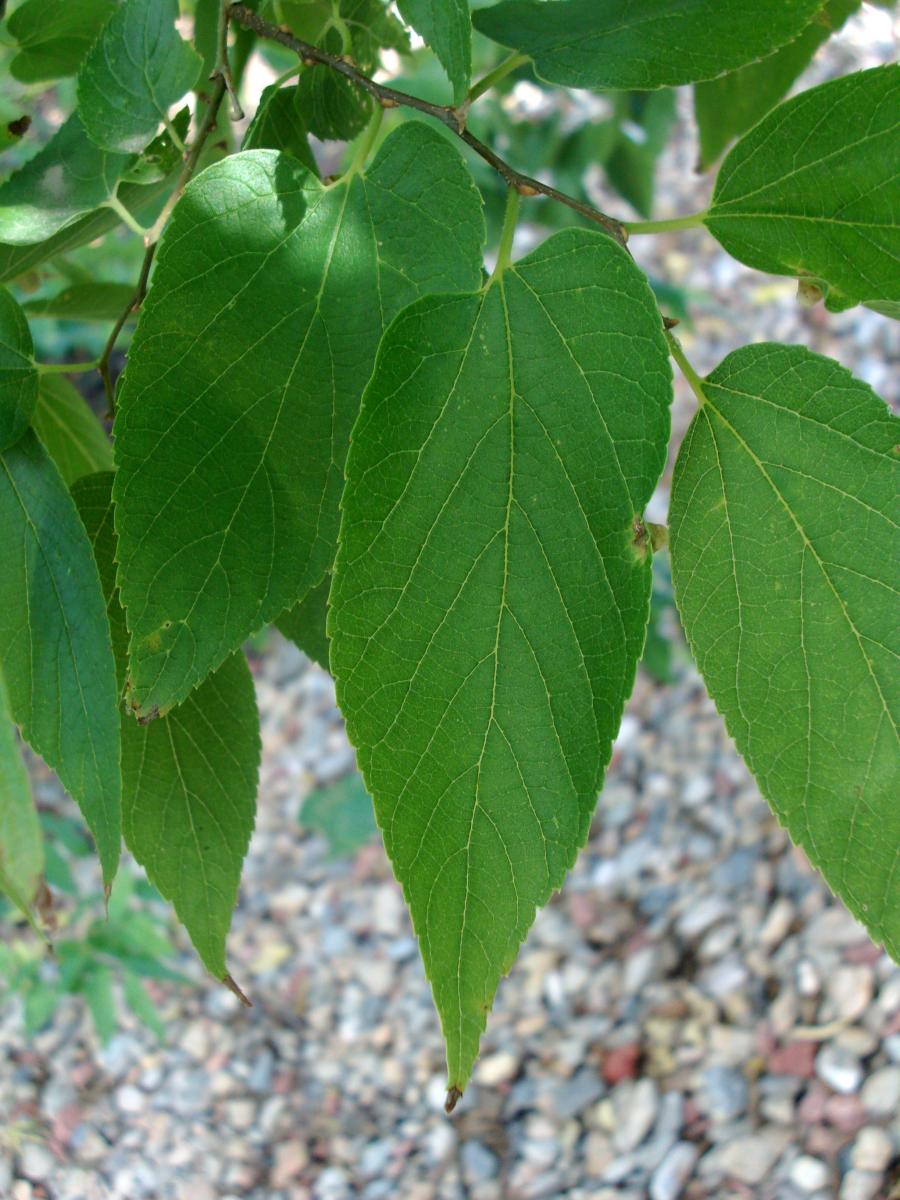
Tree Tour Facilities The University Of Utah
Web Overwatering and root rot improper nutrition fungal diseases and pests are the main causes of the plant leaves turning black.

. It could also be seen on the leaves of nearby plants. Web Hackberry disease 269208. Web Yellow discolorations on upper leaf surface above the nipple galls.
Web The hackberry is also known for its distinctive bark surface which has a corky texture with warts at the base and is often described as stucco-like. Web Winged forms may also be observed and wings have obvious black markings on them. Or wilting soon after leaves emerge in spring.
Raised cushion-like bumps on affected branches may be cream to orange or red turn black with age. More information on Hackberry nipple. A very common pest of the Hackberry is the Hackberry Leaf Gall Psyllid.
In the fall months the leaves will turn into a bland yellowish color before falling off. Web Expert Response. Adults are light brown with flecks of creamish-white and look like miniature cicadas.
Its attractive serrated leaves range from dull green to glossy and have unequal bases and tapered ends. Also allow free air movement around the plant and spray it with horticultural oil. Web My Hackberry tree appears to have 2 diseases going on.
When the eggs hatch the insects feed by sucking on the sap of the leaves which is why the leaves are yellow. Sunken dark brown area on branch that is often cracked or has a ridge at the edge. There are tiny black winged bugs with tinier babies all over the inside of.
Web Dead branches and twigs often first observed in early spring when no leaves form. Raised cushion-like bumps on affected branches may be cream to orange or red turn black with age. There is a big hackberry tree in my back yard that provides welcome shade to our deck.
To prevent blackening water your plant only when 1 to 2 inches of soil is dry and do not fertilize too often. Web This causes the characteristic bleached appearance of the leaves that actually is clusters of tiny whitish dots or chlorotic specks on the upper leaf surfaces. Premature leaf drop can occur during heavy infestations.
Or wilting soon after leaves emerge in spring. This fall the deck was covered with a sticky saplike substance that turned a bright green umbrella black. You likely have a population of aphids in the tree.
Web These small white insects fall off hackberry trees also known as sugarberry trees and seem to float in the air. This pest is normally considered just a nuisance rather than destructive to the tree. The leaves are turning brown and are falling down a lot in the last weekThe leaves have the whitish wart-like bumps on the underside and they also have black tiny dots covering the leaf.
They overwinter as eggs on the tree and emerge in the spring with new leaf growth. We tolerate the leaves it also drops. They feed on sap and produce large amounts of honeydew which can in turn cause problems with black sooty mold growth.
For this reason we strongly recommend that you follow our guide to keep your plant alive if the symptoms occur. Sunken dark brown area on branch that is often cracked or has a ridge at the edge. Dead branches and twigs often first observed in early spring when no leaves form.
Raised cushion-like bumps on affected branches may be cream to orange or red turn black with. Web Dead branches and twigs often first observed in early spring when no leaves form. Adults are light brown with flecks of creamish-white and look like miniature cicadas.
Raised cushion-like bumps on affected branches may be cream to orange or red turn black with age. The browning of the hackberry Celtis occidentalis leaves is probably due to lace bugs. 18th to 316th long.
The leaves are turning brown and are falling down a lot in the last weekThe leaves have the whitish wart-like bumps on the underside and they also have black tiny dots covering the leaf. Trees most commonly affected are hackberry sycamore and oak. During spring and summer the females will.
Plants heavily damaged by lace bugs usually have the underside heavily speckled with small black shiny varnish spots excrement. Web Root rot on your Hackberry tree Celtis occidentalis can be fatal if not treated with care. Web The browning of the hackberry Celtis occidentalis leaves is probably due to lace bugs.
You can see the eggs of the psyllids in your picture. See what summer pest could be hurting your tree leaves. Web Sunken dark brown area on branch that is often cracked or has a ridge at the edge.
My Hackberry tree appears to have 2 diseases going on. Root soft and blackened. Circular nipple-like swellings that project from the undersides.
Or wilting soon after leaves emerge in spring.

What S Behind That Black Sticky Substance From Your Hackberry Tree
Common Hackberry Celtis Occidentalis
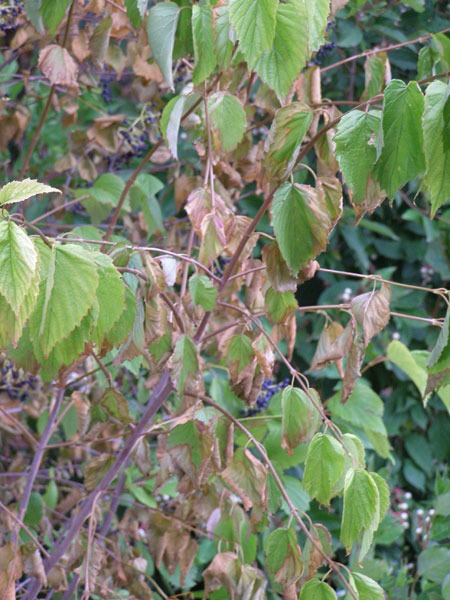
What S Wrong With My Plant Garden University Of Minnesota Extension
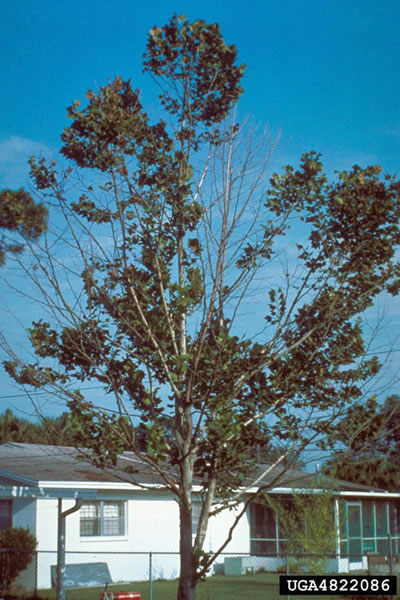
What S Wrong With My Plant Garden University Of Minnesota Extension
Common Hackberry Celtis Occidentalis
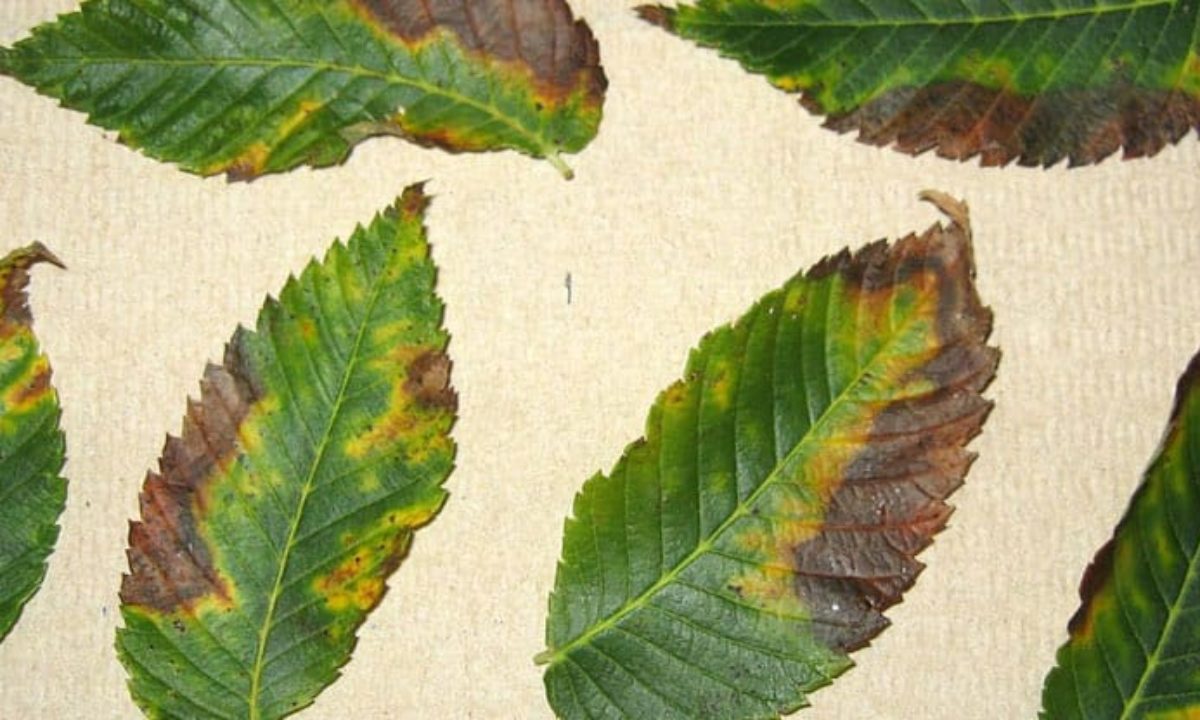
Brown Dying Or Scorched Tree Leaves Bacterial Leaf Scorch Faqs Organic Plant Care Llc Flemington Nj
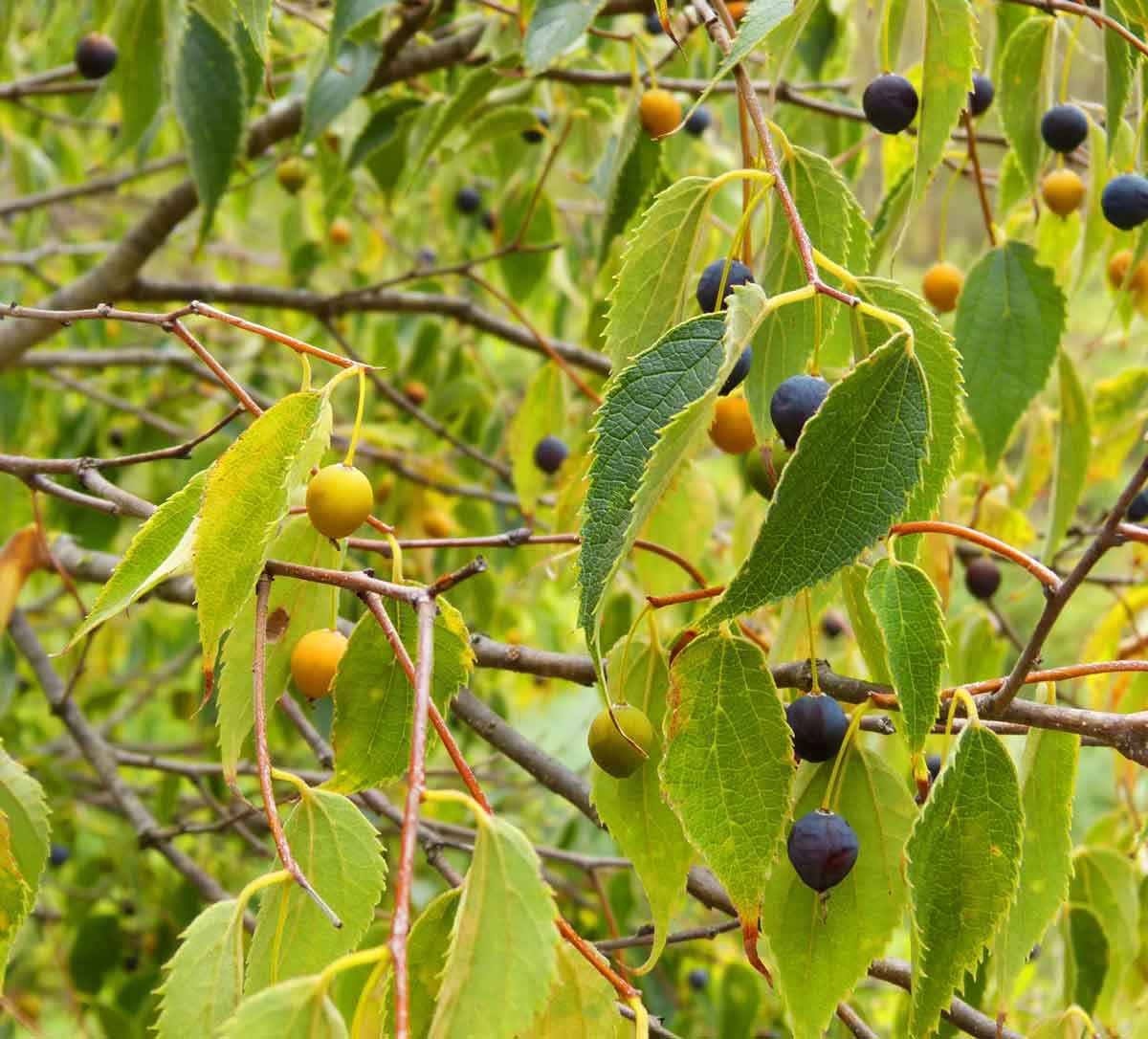
Hackberry Celtis Occidentalis Learning Stations At Ariel Foundation Park
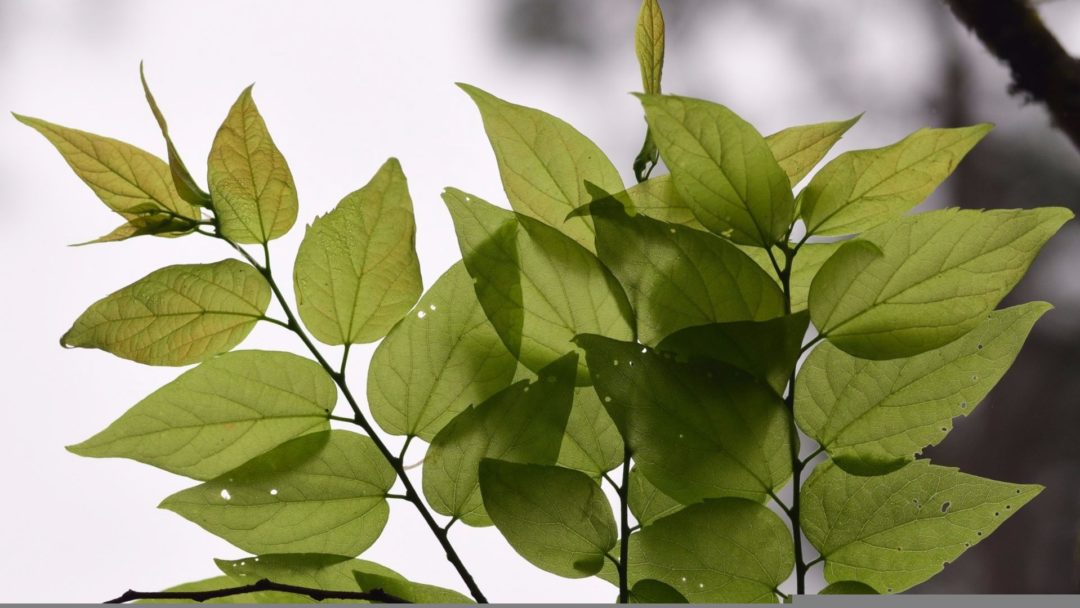
Hackberry One Tough Tree Arbor Day Blog

Hackberry Tree On The Tree Guide At Arborday Org
Common Hackberry Celtis Occidentalis
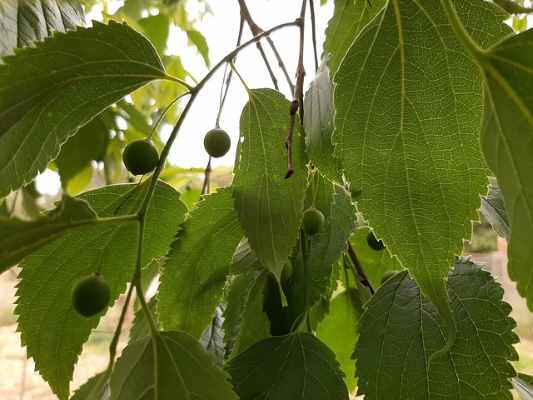
Hackberry Trees Celtis Common Types Leaves Bark Fruit Pictures Identification
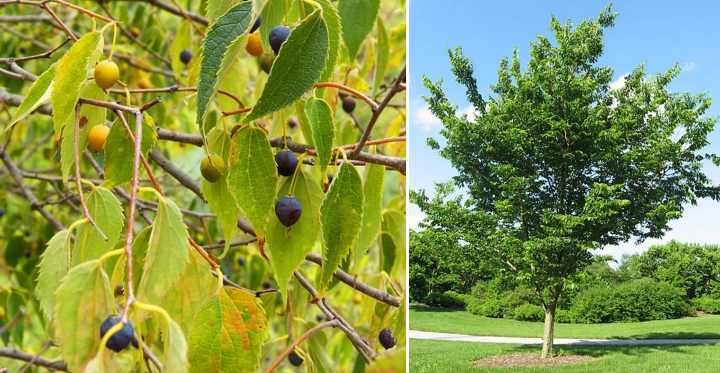
Hackberry Trees Celtis Common Types Leaves Bark Fruit Pictures Identification
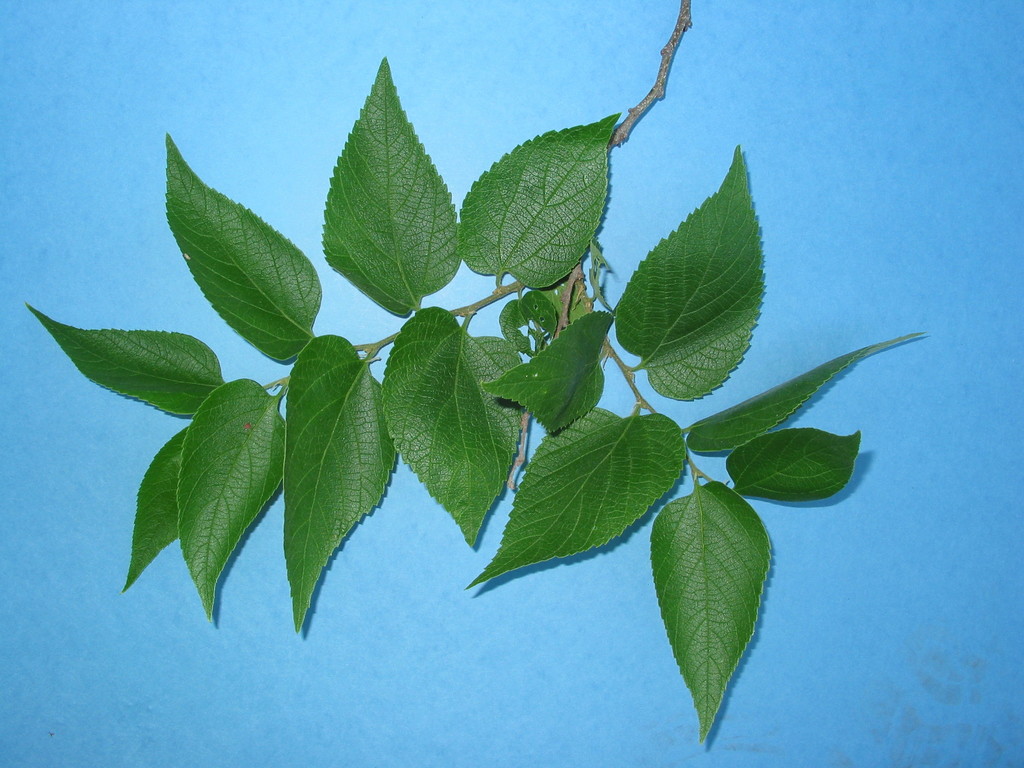
Hackberry Trees Of Manitoba Inaturalist
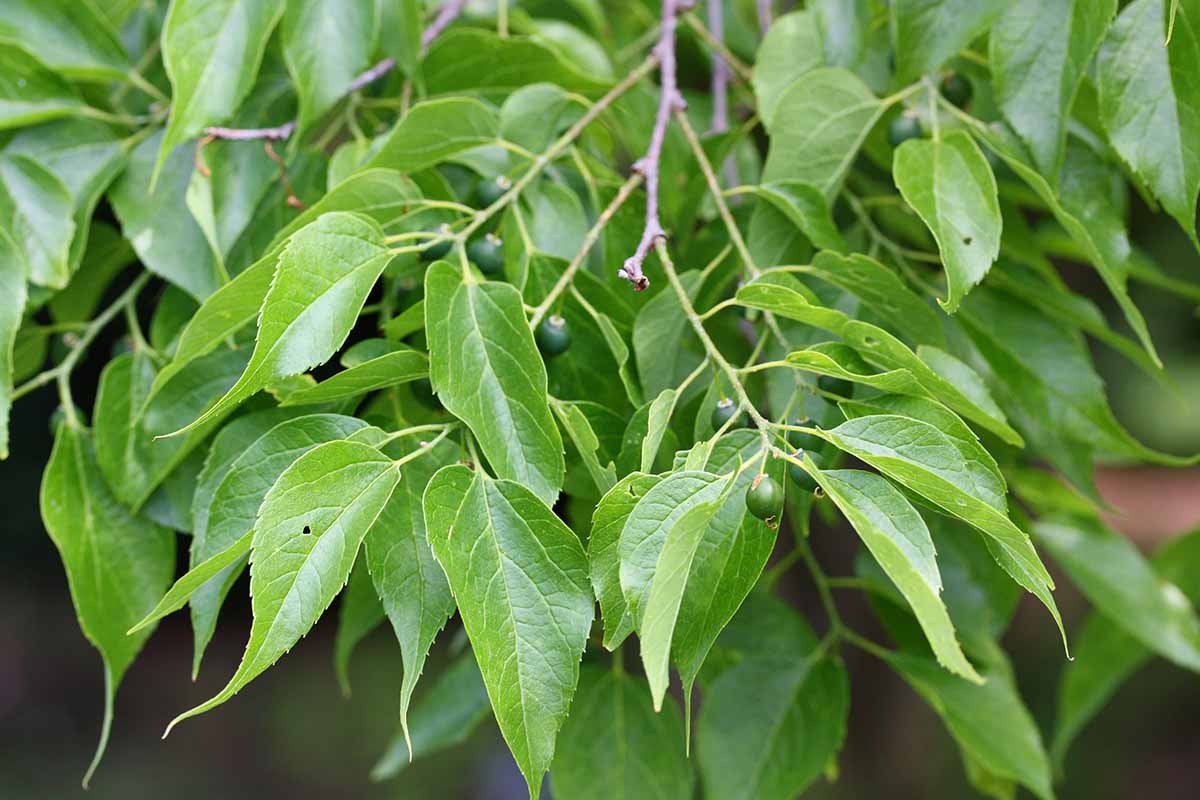
How To Grow Hackberry Trees Gardener S Path
Celtis Occidentalis Hackberry Minnesota Wildflowers


